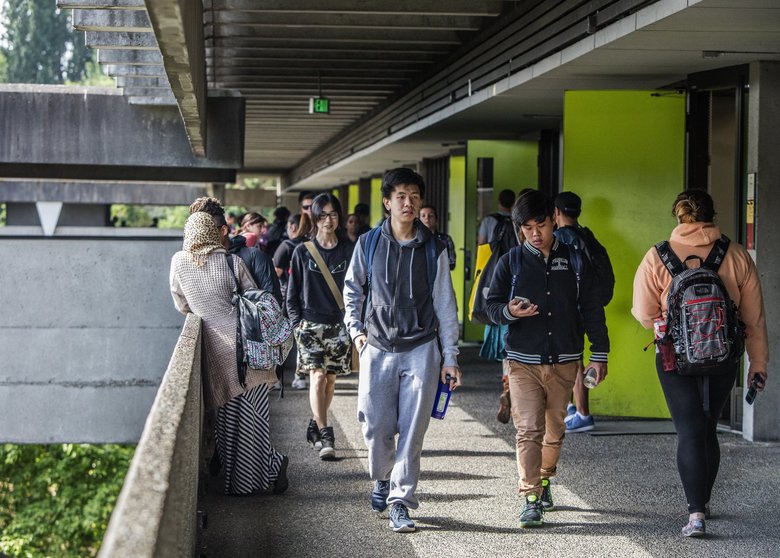
Whenever we hear about cyber security attacks, it’s usually within the context of banks and other corporations. When it comes to the places most vulnerable to such attacks, however, there’s one place we tend to forget — schools.
Schools from Florida to New York have all been victims of ransomware attacks, causing school superintendents to double down on security protocols. This surge undoubtedly has much to do with the rise of technology within education in general. Educators from kindergarten teachers all the way to college professors are increasingly relying on tech as a way to make learning more interactive and accessible.
The reason why schools are such great targets
Schools appear to be unusual hacking targets at first glance. Unlike banks or tech companies, a school’s data isn’t particularly valuable. There are no digital cheats or financial records that can be taken advantage of.
However, Government Technology points out that schools are valuable targets because they’re easier to hack. Hacks on companies like Amazon and Facebook are sensational stories because we expect these companies to have sophisticated protocols in place. Although schools don’t have the same kind of resources these Silicon Valley companies have. Administrative work is usually relegated to things like managing student records and teachers.
The problem of creating protocols
Furthermore, a school’s IT staff isn’t typically equipped to create and implement full security systems. Part of this has to do with the fact that school administration is often stretched thin, especially within larger institutions. Creating thorough cyber security protocols also involves training sessions for staff and teachers, who are also burdened with lots of other tasks. Cyber security often gets relegated to a backseat as a result.
It’s important to note that while schools may not have valuable information for hackers to steal, an attack nevertheless slows down a school’s entire network. School emails are now a norm, with students and teachers using the internet to send files, upload essays, and collaborate on assignments. Compromised systems lead to compromised learning, especially for teachers who send assignments and readings electronically.
How schools can take the next step forward
It may be a cliché, but it’s true that awareness is the first step. Alexander Oni has a host of courses on cyber security for beginners on Udemy that explain the common types of hacks, which educators can rely on in order to be more vigilant against attacks. Even if you don’t have the resources for sophisticated security operations, investing in multi-factor authentication and encryption services can already work wonders in deterring potential hackers.
IT Pro Portal suggests establishing cyber security regulations within the education sector to assure parents and other stakeholders. In the same way that schools have certain metrics for teacher training and student satisfaction, metrics for cyber security may soon become a requirement. If schools want to continue their reliance on technology as a way to innovate teaching practices, they need to follow this up with the attention these threats need and stronger security protocols.









